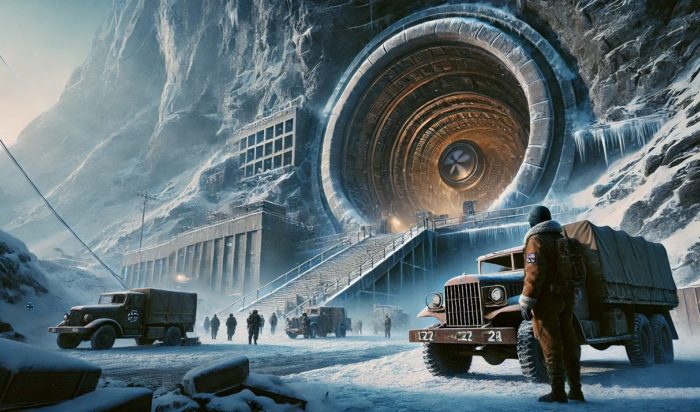
“Britain’s Secret War!” The Alleged Top Secret British Missions In Post-War Antarctica
- By
- January 20, 2025
- 15 min read
- Expert Opinion
- 1
- Posted in
- Conspiracy Theory Analysis, Government
Antarctica is arguably the most mysterious location on the planet and a place where conspiracies flourish. Without question, one of the most thought-provoking and, at least to some, outrageous of these are those surrounding the British military and their alleged secret activity on the icy continent in the aftermath of the Second World War and years before the better-known Operation Highjump, led by Admiral Richard Byrd.
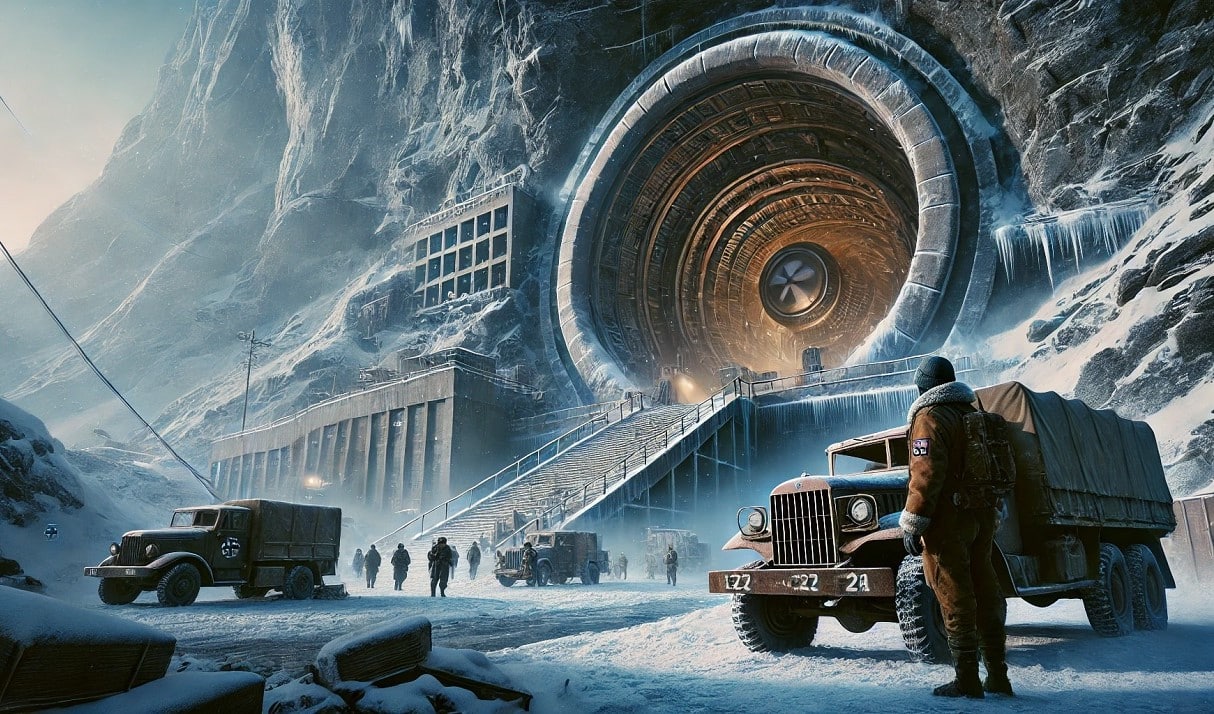
Moreover, these conspiracies connect to further conspiracies that suggest the Third Reich not only established legitimate military bases and facilities on Antarctica before and during the Second World War but also developed advanced technology and carried out equally advanced genetic experiments there.
These specific claims first entered the wider public arena via a series of articles by James Roberts in Nexus Magazine in late 2005 and early 2006. While Roberts himself states that they should be taken with a cautionary pinch of salt, as we shall see, they are intriguing nonetheless.
Contents
- 1 Orders To Be Part Of A Secret Mission!
- 2 Intense Training For Winter Warfare
- 3 “The Polar Men have Found Us!”
- 4 Parachuting Into Icy Wilderness
- 5 The Survivor
- 6 All But Two Captured And Killed!
- 7 The Mastering Of An “Unknown Power Source!”
- 8 An Unexpected Environment
- 9 A Reconnaissance Mission To Destruction
- 10 More Casualties
- 11 An Immediate Cover-Up And Suppression
- 12 Did Karl Donitz Tip Off The British?
- 13 An Opportunistic Move To Maintain World Balance
- 14 An Extraterrestrial Connection?
- 15 Many Reasons For Caution And Contemplation
- 16 Expert Opinion
Orders To Be Part Of A Secret Mission!
The conspiracy’s origins go back to before the start of the Second World War, when the Third Reich established a presence in Antarctica, specifically Queen Maud Land, which they renamed Neuschwabenland. According to James Roberts, much of what he learned came from a British soldier who was part of the discreet mission to infiltrate this secret base towards the end of the conflict. As we will explore later, they could very well have had good reasons for such a mission.
According to James’ report, his mystery British soldier stated that when the war in Europe ended, he was “resting in a cave in the former Yugoslavia” awaiting new orders. Although he was grateful he wasn’t being dispatched to the Pacific and the continuing conflict with Japan, he was posted to (then) Palestine, where rising tensions threatened to spill over.
Then, out of nowhere, in October 1945, he received orders to report to his commanding officer. He was informed he was to be part of a secret mission that was “so secret that none of (his) senior officers knew why” he had been selected or for what reason. He was dispatched, at first, to Gibraltar, and from there – once more very much under the radar – he was sent to the Falklands Islands, where he would later be joined by soldiers from “other elite British forces!” Even stranger, during the flight to the Falkland Islands, all those onboard were ordered to remain in complete silence. Once they finally arrived at their “forbidding” location, the plot thickened even further.
Intense Training For Winter Warfare
They were greeted by a British Officer, who they were told was in charge of leading the operation, as well as a Norwegian, who was a part of the Norwegian Resistance and who would train the unit in winter warfare and survival. They immediately underwent a month of grueling training for cold-weather warfare, which included being plunged into the icy cold waters of the South Atlantic Ocean. It was following the completion of this training that the specially selected unit was briefed, and their upcoming mission finally became clear. And what became clearer than everything else, was that there was “little chance” that all of the unit would return home alive.
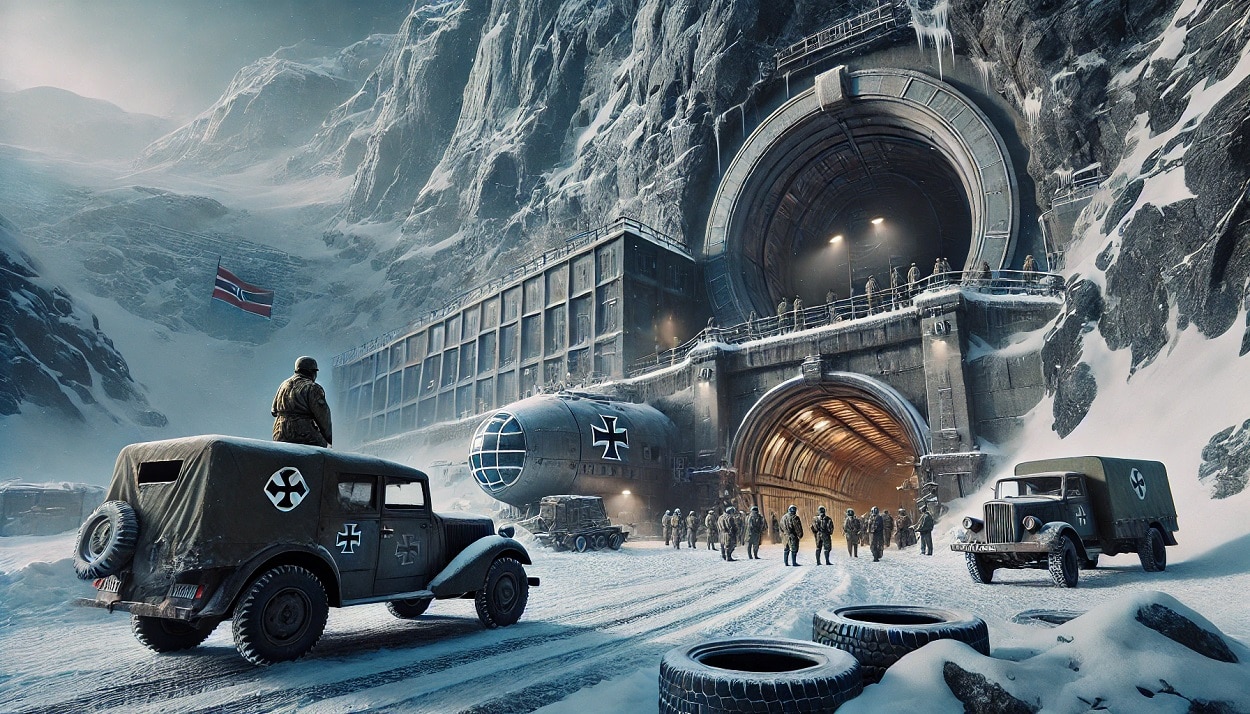
Ultimately, they were informed they were to work out of the British base in Maudheim and would investigate “anomalous activity” in the Muhlig-Hoffmann Mountains. This, they were told in no uncertain terms, was an operation that was a part of “Britain’s secret war!” It was at this point that the unit was briefed on previous British activities and operations in Antarctica in previous years.
They were told that British forces had established a presence through several bases in the late 1930s following the Third Reich’s 1938 and 1939 expeditions to the region. One of these bases—the largest of them—was Maudheim, where they would be based. It was also the most important, as it was less than 200 miles from the Third Reich’s apparent main base. The revelations just kept coming.
“The Polar Men have Found Us!”
They were told of extensive “German activity” in and around the waters of the South Ocean off the coast of Antarctica. Furthermore, this apparent activity coincided with multiple missing U-boats that had seemingly “gone missing” after the war. Even more intriguing, it was British forces who had captured leading Third Reich members, Rudolf Hess, Heinrich Himmler, and Karl Donitz (who had been named by Hitler as his successor in 1945). This gave British forces a chance to question all three men extensively, and without the prying ears of Americans or the Soviets, meaning they were privy to information the rest of the Allied powers weren’t, and as such, acted upon it, resulting in the unit now being deployed to the icy continent.
Ultimately, according to the anonymous witness, the unit was informed that British intelligence suggested the Third Reich had established a base or several bases on Antarctica—bases that were used, in part, to hide high-ranking party members. What they learned next, though, was even more startling and ominous.
Their superiors informed them that the previous summer, a first unit, including engineers and scientists, had been dispatched to the region. Moreover, they discovered an “ancient tunnel” that they soon received orders to investigate. However, despite an entire unit embarking on this particular mission, only two members returned. At the time they did, the Antarctic winter closed in, and for the next few months, the two returning members remained in contact with the main base via radio. However, their transmissions were full of absurd claims about a Third Reich base with surviving Third Reich members, as well as people they called “Polar Men!”
Radio contact was lost in July 1945. The unit was played a recording of that last broadcast, which ended with the panicked voice of one of the survivors stating, “The Polar Men have found us!”
Parachuting Into Icy Wilderness
It was following the unit listening to this recording that they received the directives of their upcoming mission. They were to go to Maudheim and locate the tunnel the first unit had found. They would then investigate it, see where it led to, and would also see what they could find out about the claims of surviving Third Reich officers and engineers, as well as the mysterious Polar Men. Ultimately, they were going to “do what we can do” to ensure the Third Reich threat was destroyed.
What followed was a flurry of questions from members of the unit – questions that, the source told Roberts, they were “honest and direct” with the answers. For example, it was asked why Britain was undertaking such action on their own without informing their Second World War allies, the United States and the Soviet Union. They were told, essentially, that the British government didn’t want either the United States or the Soviet Union to gain any more Third Reich technology or scientists or engineers. Whatever was there, in the interests of keeping the balance of power on the international stage, the British wanted to either destroy it or confiscate it for themselves.
With that, the unit was transferred to their drop-off point around 20 miles from Maudheim Base. They “parachuted into the icy wilderness,” where they found snow tractors awaiting their arrival. According to Roberts’ source, the moment they landed on the ground, they were “on a war footing” and operated under complete radio silence. The source elaborated, there was “no back-up and no chance of retreat!”
The Survivor
The unit located the base and quickly discovered that it was abandoned, or at least appeared that way. They split into smaller teams and began a thorough search of the facility. Within moments, however, a trip-wire was broken ,and sirens began blaring out all around them. A moment after that, a voice cut through the noise, clearly demanding that the men identify themselves. Instinctively, the unit raised the guns, attempting to locate the source of the voice. Then, the leader of the unit told the unit to lower their weapons. The voice, they were told, belonged to one of the survivors of the original unit.
This surviving member quickly informed the unit that the second missing soldier was in “Bunker One” – and with him was one of the Polar Men they had issued warnings about during their transmissions to the main base before being cut off. The leader of the unit now ordered several of his men to open Bunker One and explore inside. This caused the surviving soldier to protest wildly against such action, stating that the bunker should not be opened under any circumstances. His protests, however, fell on deaf ears. One of the soldiers was ordered to go into the bunker.
To begin with, a silence settled over the base. Then, two gunshots rang out, and a moment after that, a huge mountain of a figure burst out of the darkness of the bunker and disappeared with great speed before any of the unit could react. By the time the first responsive shots to this figure rang out, it had disappeared from sight. Then, the unit turned its attention to the bunker itself. They cautiously entered, not fully prepared for the sight that awaited them. The soldier from their unit was dead, his “throat ripped out!” Meanwhile, a pile of bones appeared to belong to the other “surviving” member of the first unit.
All But Two Captured And Killed!
In desperate need of more answers, attention once more turned to the lone surviving member. And the account he relayed was equally as grim as the events that just transpired around them. The soldier stated that the original unit searched ancient tunnel for miles before coming out in a “vast underground cavern” that was “abnormally warm!” Moreover, several lakes were visible within this mammoth cavern. Strangest of all, though, they soon realized that the cavern was “lit artificially!” Of course, this almost confirmed the suspected Third Reich presence.
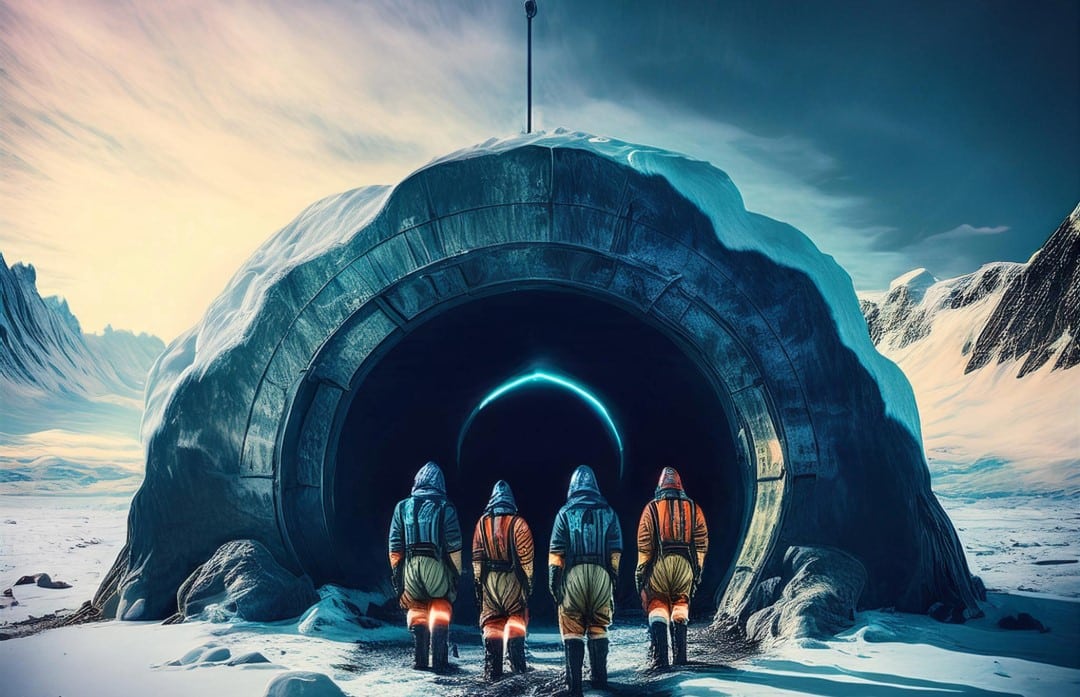
The unit split into several smaller groups to cover more ground as they searched all areas of the cavern, and they soon made even more remarkable discoveries. They soon found huge bases carved into the cavern itself, as well as docks for U-boats, at least one of which was docked there. As they ventured further into the cavern, they discovered “hangars for strange planes” and other bizarre excavations.
As they explored such a hangar, the unit was suddenly surrounded by members of the Third Reich. Although they didn’t fully understand how the two survivors escaped the attention of this unit, they were able to discreetly make their way back to the tunnel. Before they did, though, they witnessed several of their fellow soldiers executed by the Third Reich squad. As the two survivors continued down the tunnel, things escalated somewhat. The figures that they would know as the Polar Men were seemingly pursuing them.
The Mastering Of An “Unknown Power Source!”
The two men eventually made it back to the base. However, realizing that the wintery conditions made a rescue attempt unlikely and made an attempt to reach the main base on foot impossible, they agreed to each take a radio and split up, each going into a separate bunker.
Although it isn’t entirely clear why they did so, one of the men seemingly enticed one of the Polar Men into the bunker, perhaps in an attempt to kill it. Of course, that attempt ended in the unfortunate soldier’s death, leaving the last remaining survivor. He remained in the bunker, even after losing radio contact, until the second unit arrived.
The surviving soldier claimed that the Polar Men were the result of some kind of Third Reich experiment, of which, he elaborated, there were several, one of which resulted in the mastery of an “unknown power source!” These creatures—the Polar Men—had been brutally genetically altered to adapt to the conditions around them (in this case, the brutal wintery conditions of Antarctica) and to be aggressive, killing machine-like creatures that would systematically hunt down their target.
With all that the unit had learned, the source told Robert that they were not eager to investigate this ancient tunnel network. The following day, however, they received orders to do exactly that.
An Unexpected Environment
Before long, the unit found themselves in the “dry valley” regions on their way to the tunnel entrance. Gone was the ice, and all around them was desert-like, similar to the North African Sahara Desert. Upon locating the entrance, the unit set up a base camp, and an initial inspection of the entrance of the tunnel took place. The initial findings by the scientist on the unit suggested that these ancient tunnel networks were unlikely to be naturally occurring, with the smooth granite-like surface suggesting a purposeful design. If that was true, then it suggested some kind of civilization on Antarctica in the distant past, and quite possibly, one that remained hidden from the rest of the world today.
It was decided that the unit would rest overnight (although due to the time of year – summer – Antarctica experienced constant 24-hour daylight) and then begin their exploration the following day. However, during the night, one of the Polar Men appeared close to the camp. This time, the unit was ready, and after enticing the creature closer to them, they managed to capture and kill it. A dissection confirmed that the creature was indeed human, although much stronger, and with the ability to produce more hair to protect against the icy environment.
The following morning, the unit prepared to enter the tunnel, with two soldiers left to guard the entrance, as well as the corpse of the recently slain Polar Man. They also guarded the radio, their only means of communication with the outside world, and even then, the limited outside world of the base around 20 miles away.
A Reconnaissance Mission To Destruction
Including the unit leader, the scientist, the Norwegian expert, and the survivor of the first unit, nine men entered the tunnel in total, each carrying heavy weaponry and “enough explosives to wage a small war!” As they progressed into the tunnel, their surroundings turned to complete darkness and remained that way for around four hours. Then, they could see a light ahead of them. They continued on toward the light and, around an hour later, came out in the vast artificially lit cavern the surviving soldier had described.
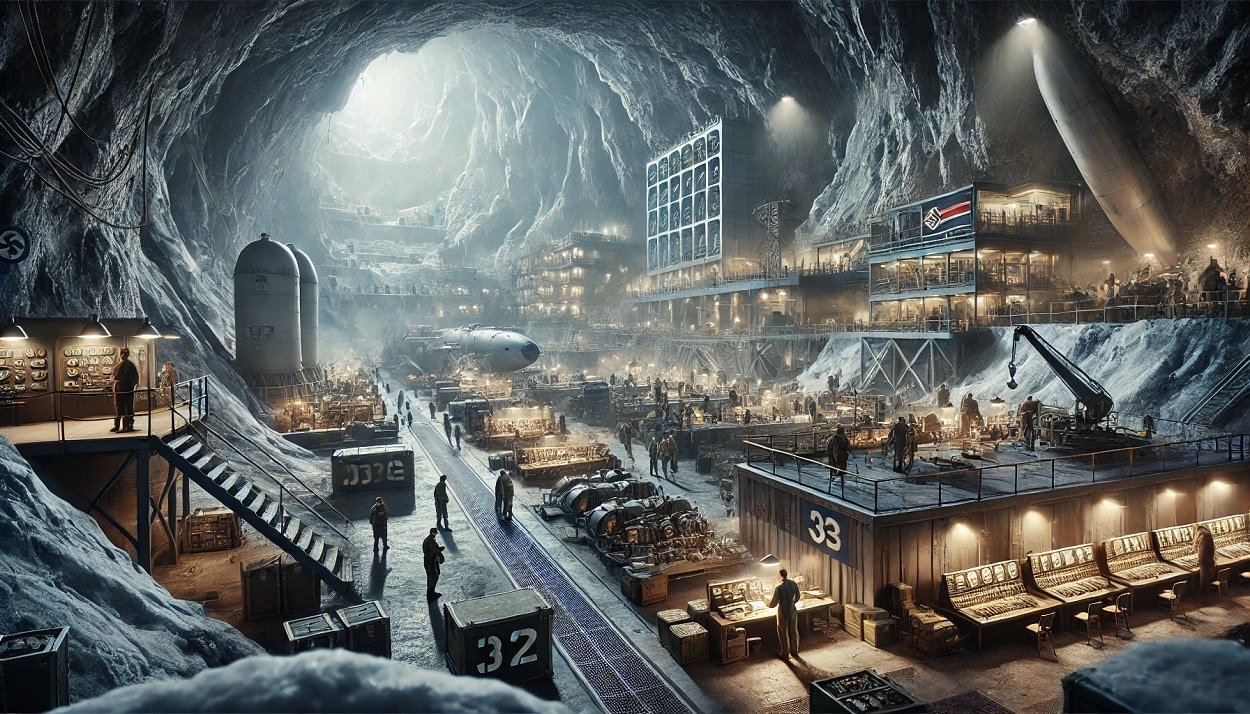
They explored the base discreetly, eventually finding themselves looking down at Third Reich personnel “scurrying about like ants” as they went about building “huge constructions” into the cavern. As the leader of the unit formulated a plan to destroy all below them, including any Third Reich personnel, the scientist of the unit scribbled down as much as he could of the scene below.
This discreet reconnaissance lasted for almost two days before targets were agreed upon to plant mines – huge explosive devices that would bring the entire complex down. The operation planting these mines went perfectly, with the Third Reich remaining completely unaware of their presence. During this operation, details were recorded of the base, as well as multiple photographs taken. In an opportunistic move, the unit even managed to capture a Third Reich hostage.
Then, the unit’s luck suddenly changed.
More Casualties
With everything in place the unit returned to the tunnel in order to leave the cavern. However, as they were doing so, they were finally spotted and found a small unit of Third Reich soldiers pursuing them, as well as several of the Polar Men.
It was decided that several of the mines should be left at the entrance of the tunnel and then set off when their unit had gotten a safe distance away in the hope that it would slow down the advancing Third Reich members, as well as buying their own unit time to detonate the mines within the Third Reich base.
However, by the time the mines in the tunnel entrance had been detonated, several of the pursuing Third Reich personnel and Polar Men had already passed them and continued to advance on the unit. By the time the unit had reached the other side of the tunnel, only the scientist, the Norwegian, and James Roberts’ source were alive, the rest of the unit having lost their lives in the battle that had ensued.
The three of them, as well as the two men who had remained guard, planted the rest of the mines at the tunnel entrance in the dry valley. By the time they had been detonated, there was “no evidence of any tunnel ever existing!”
The unit was successfully retrieved from the base and quickly transported to the Falklands Islands. There, they received orders that they were forbidden from speaking of any aspect of the mission to anyone. The cover-up, it appeared, was well and truly in motion.
An Immediate Cover-Up And Suppression
As well as the orders not to speak of the mission, the unit was then told that the tunnel they had encountered and investigated – a tunnel that the scientist had determined was not naturally occurring – was the result of “glacial erosion!” Moreover, and perhaps even more remarkable given the unit’s findings at the base, the so-called Polar Men were, according to the unit’s superiors, “nothing more than unkempt soldiers that had gone crazy!” The source pointed out to Roberts that there was no mention whatsoever in the report that the soldiers were German.
In another bizarre twist, details of the mission were “never” to be made public, although certain parts and details were to be “leaked” to both the United States and the Soviet Union (it isn’t clear what these details were or for what purpose such an action was taken).
Of further interest, according to the source, the Royal Air Force continued to operate flights over Antarctica for several years following this unofficial mission, specifically over the Maudheim base and Neuschwabenland. Officially, the reasons given for these flights was that the air force was scouting for suitable locations for future scientific bases. However, as the source states, “one can’t help but wonder!” It is possible that these flights were looking for signs of activity around the bases, ensuring that the mission to destroy the Third Reich base had indeed been successful. Quite possibly.
Did Karl Donitz Tip Off The British?
We might ask – if there is any truth to such claims of a significant Third Reich presence in Antarctica at the end of the Second World War are true, if only in part – just how the British government learned of such a presence and from who. According to one suggestion, that source could very well have been the previously mentioned successor to Adolf Hitler, Karl Donitz, who was also in charge of the German Navy and, ultimately, the overseer of the Third Reich U-Boat program, which Hitler became increasingly enthralled within the final months of the war.
Indeed, it is safe to say that much of the concentration of resources went toward the U-boats, likely in the hope that their presence and ability would change the course of the war. There could, though, have been another reason – that the realization of the changing tide of the war against Germany had led the Third Reich to plan to move as many Third Reich members as possible to South America on U-boats, many of which were hastily being built in the weeks before the end of the war in Europe. Could it be possible that, as well as South America, some of the Third Reich personnel were transplanted to established bases in Antarctica? And, leading back to our initial question, was the source of this information to the British authorities the man who oversaw the development of the advanced U-boats and possibly of the secret relocation plans, Karl Donitz?
We should keep in mind that Donitz was tried as a war criminal following the war (which resulted in many Third Reich members being executed). Donitz, however, claimed that he was “ignorant of Nazi atrocities” and that he “only fought a legal war!” Moreover, he had no knowledge of the slaughter that had taken place at the concentration camps throughout Nazi-occupied Europe. Perhaps because of these statements and perhaps because of a deal arranged behind the scenes, perhaps as early as his capture by the British, Donitz received a prison sentence of only 10 years.
We should remind ourselves that despite his claims of not being aware of the atrocities of the Third Reich, Hitler had felt strongly enough about his loyalties that he made his successor – he was, ultimately, the last leader of the Third Reich.
An Opportunistic Move To Maintain World Balance
Part of the reason the British had such free, unchallenged access to Antarctica in the immediate months following the end of the Second World War in Europe was largely down to a combination of factors. Firstly, and of immediate concern, the United States was still engaged in the conflict with Japan and was only months away from dropping the atomic bombs on Nagasaki and Hiroshima. Secondly, and something that would preoccupy their time long after the way was the beginnings of what would become the Cold War between the two emerging superpowers of the Second World War, the United States and the Soviet Union, compounded by the race of both sides to obtain Third Reich engineering technology and knowhow through the scientists and engineers themselves.
By 1946, Operation Highjump saw the United States descend to the Antarctic region officially as part of a mission to establish a research base. When this operation got underway in August 1946, the British flights over the region were suddenly stopped, giving the United States free access in the region. Perhaps even stranger, they resumed again as soon as the operation was aborted. While we have examined the claims of Richard Byrd previously, might we consider that his claims, whether he made them genuinely or not, were part of a dark and behind-the-scenes disinformation campaign, perhaps one designed to use the apparent absurdity (to most) of such claims to draw attention away from the region?
Officially, the expedition was brought to an early end due to the early onset of winter and increasingly worsening weather conditions (the mission had experienced several deaths, at least three of which were related to hazardous weather). However, according to some, given Byrd’s claims of fast-moving disc-like aircraft that could reach pole to pole in no time at all, many believe the military units involved found the remnants of an advanced presence, possibly an extraterrestrial one.
An Extraterrestrial Connection?
At this point, it is also worth mentioning further seemingly preposterous claims about the Third Reich’s presence in Antarctica—that it made contact with an ancient extraterrestrial presence on the icy world and remained in contact with it even after the war. Of course, this would tie in with such claims issued by Richard Byrd.
While it sounds bizarre to most, there was a genuine interest in the occult, including the notion of intelligent life on other worlds, as well as in alien visitation in the distant past among many high-ranking Third Reich members. And while a belief in such things certainly is not enough to have them manifest, it is perhaps enough to fund and dedicate the time to study, research, and investigation into such matters that a person or an organization might just find what they are looking for.
Of course, this is all speculative. There are many compelling arguments for a UFO presence throughout much of the Second World War, but it appears this presence was largely in an observing capacity rather than one taking one side over the other. That said, many have questioned the sheer pace of progress among the Third Reich’s scientists and engineers, suggesting that they might have indeed received help from an intelligence source elsewhere.
With all of this in mind, was the Third Reich desperate to establish bases in the regions of Antarctica due to their knowledge of an extraterrestrial presence there? Or had an extraterrestrial presence they had, speculative, remember, established contact with directed them there? Such considerations only deepen the mystery.
Many Reasons For Caution And Contemplation
Whether a top-secret operation on Antarctica by British forces that remains unacknowledged today by the British authorities did take place or not remains open to debate. If there is any truth to such claims, we might question the true importance of the Falklands Islands to the British authorities, considering its close proximity to Antarctica. Does it provide a convenient launch point should any further military engagement be required on the icy continent? Is there still something of interest there today? Those questions are perhaps best left for another article, but they are thought-provoking, of which there is no doubt.
Another thing worth noting is the discovery in 1984 (although not officially declared until 1985) of a hole in the Ozone layer by the British Antarctic Survey – a hole that just happened to appear directly over Queen Maud Land (Neuschwabenland). [1] While this hole was put down to the increased use of CFCs, some researchers into the apparent secret goings-on on Antarctica – including alleged missions to destroy secret bases or the testing of advanced weapons – have suggested that hole in the Ozone layer might not be due to CFCs but to one or more powerful, perhaps even nuclear, explosions in the Queen Maud Land region. It is certainly an interesting consideration.
There is also one final detail worth noting; according to the Nexus articles we highlighted in the opening, in 1999, an expedition team discovered a new virus on the icy continent that was not only not known to science but that no animal (including humans) had immunity to. Now, we should stress that we need to take such claims with a pinch of salt (there appears to be no widespread news on this apparent discovery, for example), but the notion that if there was a Third Reich presence on Antarctica, knowing the advancements of Third Reich engineers and scientists, and knowing the desires of the Third Reich, that a new viruses might be subject to experiments within the alleged Antarctic base is not that far-fetched. And perhaps such a virus might have been released, unintentionally, by the destruction of the base it, in theory and speculatively, could have been stored in.
One thing is certain: Antarctica’s mysteries and conspiracies will continue for many years to come, and only time will tell, if ever, what the truth might be.
The video below explores some of these mysteries a little further.
Expert Opinion
Stories of covert British missions against hidden bases in Antarctica, allegedly left behind by the Third Reich, have sparked remarkable claims of secret operations in the immediate aftermath of the Second World War. Supposed eyewitness accounts speak of “Polar Men” and exotic engineering projects concealed beneath the ice. Emphasizing hushed orders, off-the-radar deployments, and secured tunnel networks, these anecdotes inspire much fascination but rest primarily on unofficial testimony.
Skeptics highlight the lack of verifiable documents and point to natural phenomena—such as glacial processes—as more plausible explanations for certain anomalous discoveries. Some dismiss the tale as a mixture of folklore, Cold War secrecy, and overlapping rumor. Nonetheless, serious researchers caution that certain leads, including unusual U-boat activity and unpublicized expeditions, cannot be conclusively disproven, leaving the broader mystery open-ended.
Allegations persist due to tantalizing hints and limited documentation, but conclusive confirmation remains elusive.
Marcus Lowth is an expert on this topic and has over 20 years experience studying and reporting in these fields. Marcus has written several books and appeared on TV shows as an expert investigator discussing these topics.
References
| ↑1 | The story behind the discovery of the ozone hole, UK Research and Innovation https://www.ukri.org/who-we-are/how-we-are-doing/research-outcomes-and-impact/nerc/the-story-behind-the-discovery-of-the-ozone-hole/ |
|---|
Fact Checking/Disclaimer
The stories, accounts, and discussions in this article may go against currently accepted science and common beliefs. The details included in the article are based on the reports, accounts and documentation available as provided by witnesses and publications - sources/references are published above.
We do not aim to prove nor disprove any of the theories, cases, or reports. You should read this article with an open mind and come to a conclusion yourself. Our motto always is, "you make up your own mind". Read more about how we fact-check content here.
Copyright & Republishing Policy
The entire article and the contents within are published by, wholly-owned and copyright of UFO Insight. The author does not own the rights to this content.
You may republish short quotes from this article with a reference back to the original UFO Insight article here as the source. You may not republish the article in its entirety.
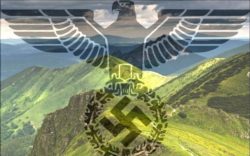

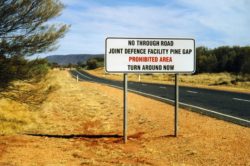
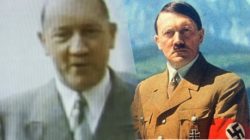
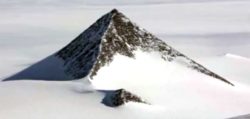
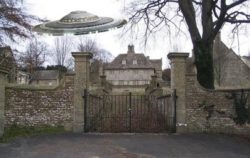
1 Comment
UFO Insight does not take responsibility for the content of the comments below. We take care of filtering profanity as much as we can. The opinions and discussion in the comments below are not the views of UFO Insight, they are the views of the individual posting the comment.
Newest comments appear first, oldest at the bottom. Post a new comment!
A very interesting article! Even though some of these stories about Nazi bases in Antarctica may be spurious
as I write this American scientists and U.S. Navy personnel have been involved with something beneath the ice down there. Also there is a gigantic pyramid in Alaska which has been undergoing research by our military and scientists since the 1950s. Western Electric was one of the American corporations involved. I just found this site so I subscribed. Best regards from New England!